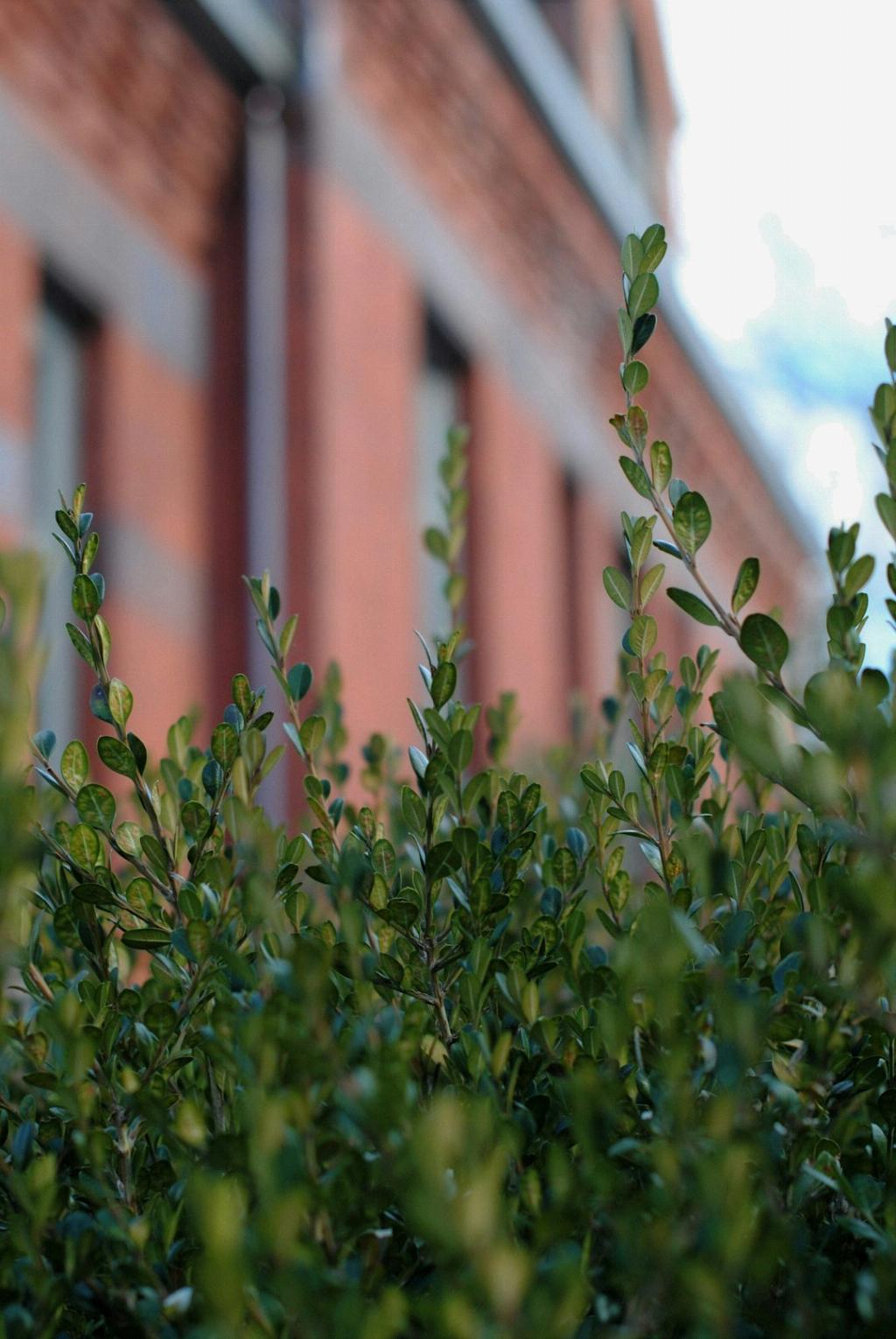If you are looking to maintain the beauty and health of your boxwoods, fertilizing them is an essential step. Proper fertilization not only promotes healthy growth but also enhances their overall appearance. In this article, we will delve into the benefits of fertilizing boxwoods, the best times to fertilize, how to choose the right fertilizer, step-by-step instructions on how to fertilize your boxwoods, signs of overfertilization, essential tips for maintaining healthy boxwoods, and conclude with why fertilizing your boxwoods is crucial for their well-being.
Benefits of Fertilizing Boxwoods
Fertilizing boxwoods provides them with vital nutrients that they need to thrive. It encourages lush foliage, robust root development, and improved resistance to diseases and pests. Proper fertilization also ensures that your boxwoods maintain their vibrant green color, especially during the growing season.
When to Fertilize Boxwoods
The timing of fertilization plays a significant role in the health of your boxwoods. Late fall or early spring is the ideal time to apply fertilizer on top of the mulch. Avoid fertilizing during the summer and early fall to prevent potential frost or freeze damage to your plants.
Choosing the Right Fertilizer for Boxwoods
When selecting a fertilizer for your boxwoods, opt for a balanced fertilizer or aged manure. Conduct a soil test to maintain a pH level between 6.5-7.0, as this pH range is optimal for boxwood growth and nutrient absorption.
Steps to Fertilize Boxwoods
Soil Preparation
Prior to fertilizing your boxwoods, ensure that the soil is moist but well-drained. Loosen any compacted soil around the base of the plants to facilitate proper fertilizer absorption.
Fertilizer Application
Apply the chosen fertilizer according to the manufacturer’s instructions. Spread the fertilizer evenly around the base of the boxwoods, avoiding direct contact with the plant stems.
Watering
After fertilizing, water the boxwoods thoroughly to help the nutrients penetrate the soil and reach the roots. Adequate watering is crucial for nutrient uptake and overall plant health.
Signs of Overfertilization
Watch out for signs of overfertilization, such as yellowing leaves, browning of leaf margins, and stunted growth. If you notice these symptoms, stop fertilizing immediately and adjust your fertilization schedule accordingly.
Tips for Maintaining Healthy Boxwoods
Regular pruning, proper irrigation, and adequate sunlight are essential for the well-being of your boxwoods. Pay attention to any changes in their appearance and address issues promptly to maintain their health and vigor.
Conclusion
Fertilizing your boxwoods is a simple yet crucial aspect of their care routine. By providing them with the necessary nutrients at the right time, you can ensure that your boxwoods remain healthy, vibrant, and resilient throughout the year. Remember to follow the steps outlined in this article and keep an eye on the signs of overfertilization to promote the optimal growth and beauty of your beloved boxwoods.

